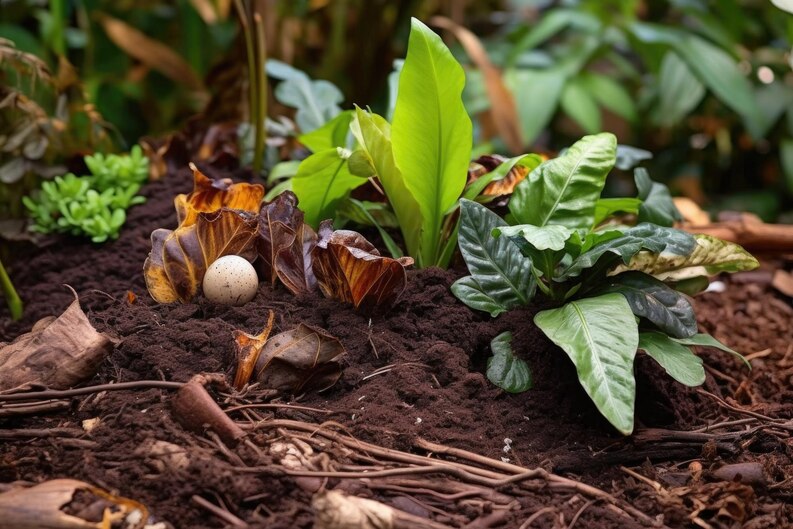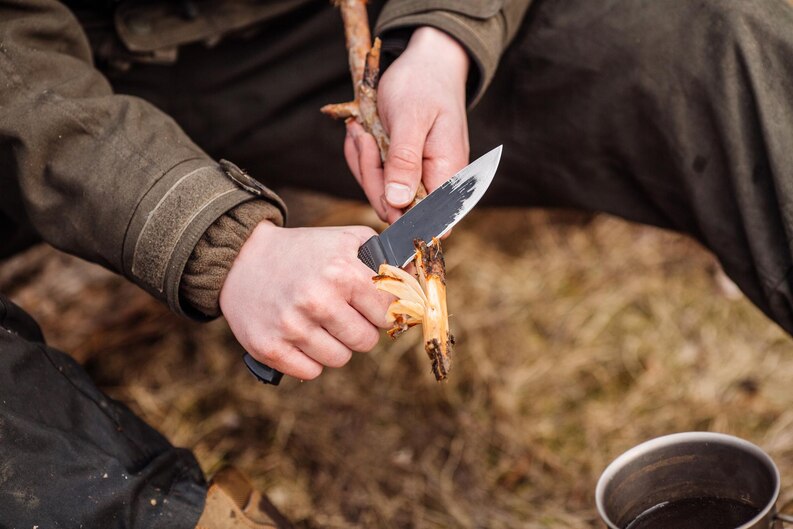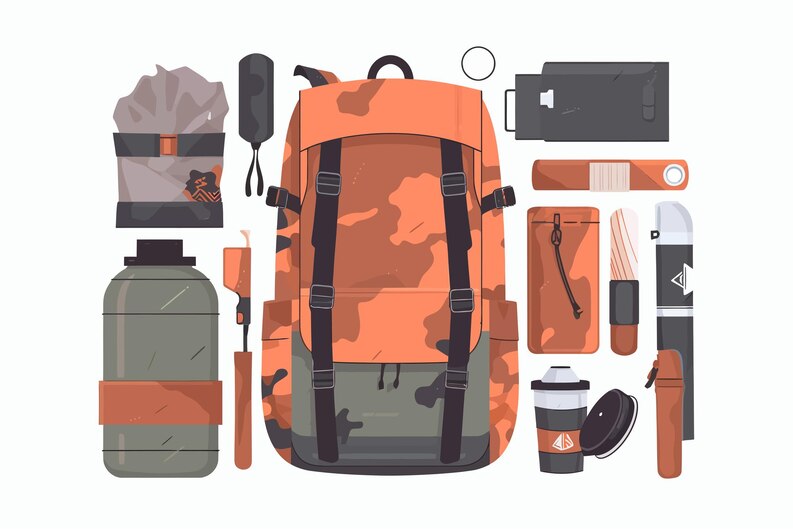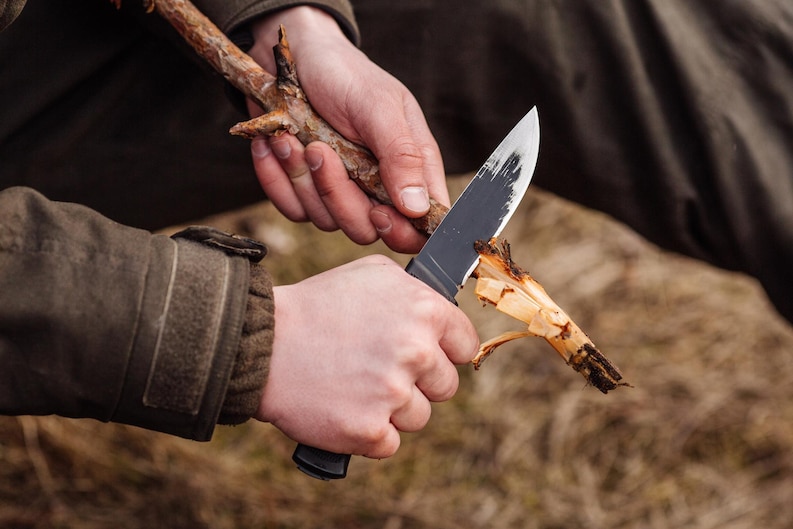Exploring the wilderness can be an exhilarating experience, but it also comes with the challenge of finding food sources. When you’re in the great outdoors, knowing how to identify and utilize edible plants and insects can be a valuable survival skill. In this article, we will delve into the world of foraging, providing you with essential knowledge about edible plants and insects in the wild.
The Basics of Foraging
Foraging is the act of searching for and gathering food from nature. Before you set out to find edible plants and insects, it’s crucial to understand some fundamental principles:
- Safety First: Always prioritize safety when foraging. Be certain of your identification of edible species, as consuming toxic plants or insects can be life-threatening. If in doubt, do not eat it.
- Know the Locale: Familiarize yourself with the specific flora and fauna of the region you are exploring. Different areas have distinct edible species, so local knowledge is invaluable.
- Sustainable Harvesting: Practice responsible foraging by not overharvesting plants or insects. Leave no trace and respect the natural environment.
Edible Wild Plants

Nature offers an array of edible plants if you know where to look. Here are some commonly found edible wild plants:
- Dandelion (Taraxacum officinale): Dandelions are widespread and easily recognizable with their yellow flowers. All parts of the dandelion plant are edible, from the leaves to the roots. The leaves can be used in salads, and the roots can be roasted to make a coffee substitute.
- Wild Berries: Many regions offer wild berries such as blackberries, raspberries, and blueberries. These fruits are not only delicious but also packed with essential nutrients. Be cautious when identifying berries, as some can be toxic.
- Nettles (Urtica dioica): Nettles are a nutritious green, but they have stinging hairs. Once cooked or dried, they lose their sting and can be used in soups, teas, or as a side dish.
- Clover (Trifolium): Clover leaves and flowers are edible and can be added to salads or used as a garnish. They have a mild, slightly sweet flavor.
Edible Insects: A Protein Source
Insects are an excellent source of protein and can be found in abundance in most wilderness environments. While the idea of eating insects may be off-putting to some, they are a valuable food source in many cultures worldwide. Here are some edible insects to consider:
- Grasshoppers and Crickets: These insects are rich in protein and can be found hopping around in grassy areas. They can be cooked, roasted, or even ground into flour for baking.

- Ants: Ants are tiny but packed with flavor. They can be eaten raw or used in cooking. Just be cautious about the species you consume, as some can have a strong, unpleasant taste.

- Mealworms: Mealworms are the larvae of darkling beetles and are widely available in various environments. They can be eaten roasted, fried, or added to dishes for added protein.

Preparing and Cooking Wild Edibles

Once you’ve identified edible plants and insects, it’s essential to know how to prepare and cook them safely:
- Proper Preparation: Wash or clean wild plants and insects thoroughly to remove dirt and potential contaminants.
- Cooking Techniques: Most edible plants are best when cooked or blanched to remove any bitterness. Insects can be roasted, fried, or added to soups and stews for extra protein.
- Seasoning: Wild edibles can be quite plain in flavor. Enhance their taste with seasonings you’ve brought along, like salt, pepper, or herbs.
- Experiment: Part of the adventure of foraging is experimenting with new flavors. Be open to trying different recipes and combinations.
Conclusion
Foraging for food in the wild can be both a survival necessity and a rewarding outdoor activity. Edible plants and insects are abundant in many natural settings, and knowing how to identify, harvest, and prepare them can be a valuable skill for any outdoor enthusiast or adventurer. However, it’s crucial to approach foraging with respect for nature and safety in mind. Always double-check your identification of plants and insects before consuming them and be mindful of sustainable harvesting practices.
Remember that foraging is a skill that requires knowledge, practice, and caution. Before embarking on a wilderness adventure, consider taking a foraging course or consulting with local experts to deepen your understanding of edible plants and insects in your specific region. Armed with this knowledge, you can turn your outdoor excursions into not only an opportunity to connect with nature but also a chance to savor the flavors of the wild.









